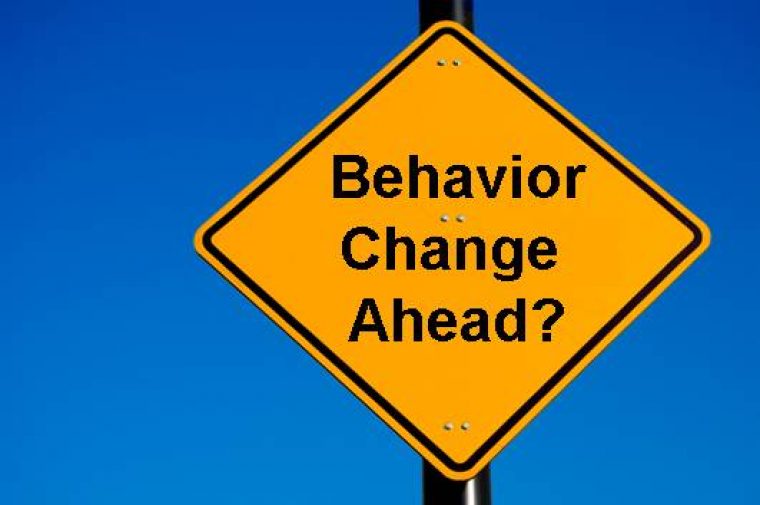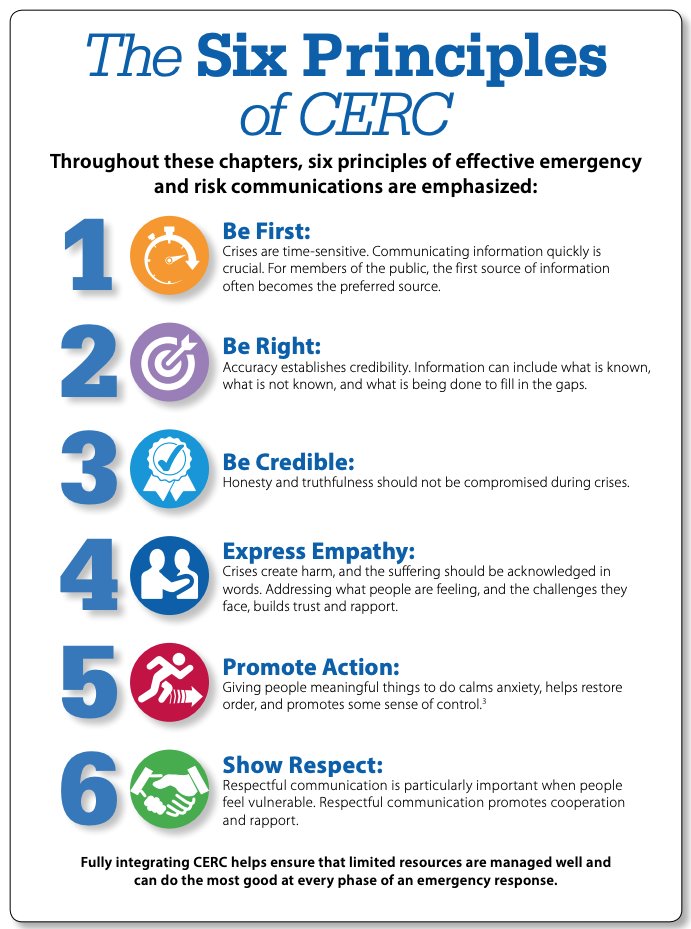
“Risk is not binary” (bit.ly/2X21eQ5). The false dichotomy of “#stayhome” vs “spreading covid19” is NOT helpful.


1. ppl are both rational & emotional...and emotions often win!
2. to support change, we need specific & tangible goals
3. "script critical moves" - provide a #default path for behavior
e.g. prolonged, indoor activities with +++ people is more risky then contamination from Amazon package!




